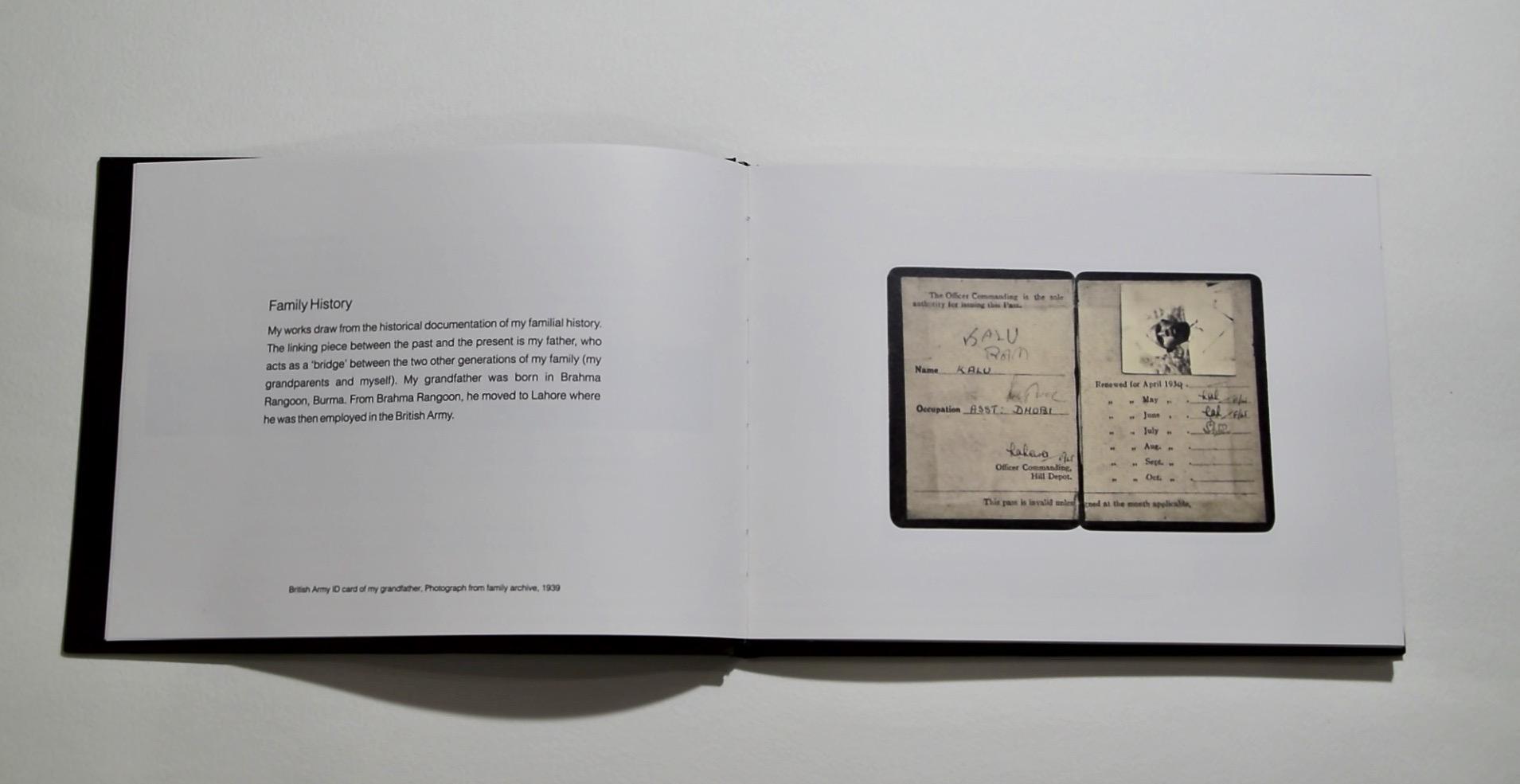The Impulse to Remember: On Vikrant Kano’s In Search of Home
The emotional boundaries of a home are often reinforced through complex enactments that traverse decades into the past and future, making the present a moment in time that is in a state of perpetual reaching. Ironically, this flux marks a consistent want of permanence, a stabilising fulcrum manifested most deeply in our eternal attachment to defining what “home” means. In Search of Home (1939–2021) is a durational work by Delhi-based artist Vikrant Kano that gathers his family’s history, tracing a genealogy of trauma, violence, relocation and displacement back to the event of the Partition and its aftereffects. Kano’s artistic practice follows an engaged archival process with objects, memories and sentiments, building a vocabulary-in-progress to accommodate multiple acts of intergenerational remembering and recollection. In this work spanning several years of making, Kano chose to delve into his existing family archive of orality, images and memories to create his own point of entry. Through observations archived after conversations with family members and artistic exercises undertaken by him, Kano attempts to define a sense and trajectory of home.
The ideations that form a part of the work took shape through a tangible distance that Kano felt during his time away from home, when he was pursuing a Master’s degree between 2016–18. Ruminating over the affective nature of this distance, Kano delved into the idea of one’s roots and the conceptual demarcation that one eventually calls home. Laying emphasis on the physical and psychological understanding of how his home had both come into being and come apart across generations, Kano began isolating strands, dedicatedly collecting the thoughts of his family from the event of the Partition and its subsequent displacements.
Kano was driven by two questions:
What makes an existence of a home? एक घर होना क्या होता है?
What does it mean to have a home? एक घर होने से क्या मतलब होता है?
In Search of Home begins with a location marked by imminent loss. Through the work, Kano recounted how bungalows on the State Entry Road near Connaught Place, New Delhi, were where his family found work and lived in the servant quarters for 74 years. This belonging to a place was met with a jarring break when his father retired in 2021, implying an unavoidable shift from their home. Kano sought and found solace in the tenor of displacement that he could trace back into his family archives and their shared memories. Assimilated over years across a wide variety of mediums, ranging from photographs, installations, mixed-media paintings, sketchbooks and found objects—each with its own iteration of belonging—In Search of Home extends beyond a documentary, sifting into many subliminal acts of fierce, poetic remembrance.
In 2022, nominated by Emergent Art Space, Kano was invited to be part of the show, Transitions and Transformations: The Constant Flux of Our Personal Structures, curated by Geraldine Ondrizek, in the exhibition Personal Structures at the European Cultural Centre, Palazzo Bembo, Venice, Italy. In Search of Home took shape as a single edition artist book for the show, bringing together elements constructed over the years through various encounters, projects, conversations and mediums. The book form afforded the artist a way of tying together the different enquiries, undertaken as part of various spaces and times, all connected by a recurrent urgency and desire: the existence(s) of a home.
To learn more about artists exploring the idea of home, read Ketaki Varma’s interview with Tenzing Dakpa on his photographic series The Hotel (2020), Annalisa Mansukhani’s review of Achal Mishra’s film Gamak Ghar (2019) and Arushi Vats’ essays on Zoya Siddiqui’s installation A distant Place (2021) and Avijit Mukul Kishore and Rohan Shivkumar’s Nostalgia for the Future (2017) and Lovely Villa (2019).
All images from In Search of Home (1939–2020) by Vikrant Kano. Images courtesy of the artist.
Click on the image to view the album





